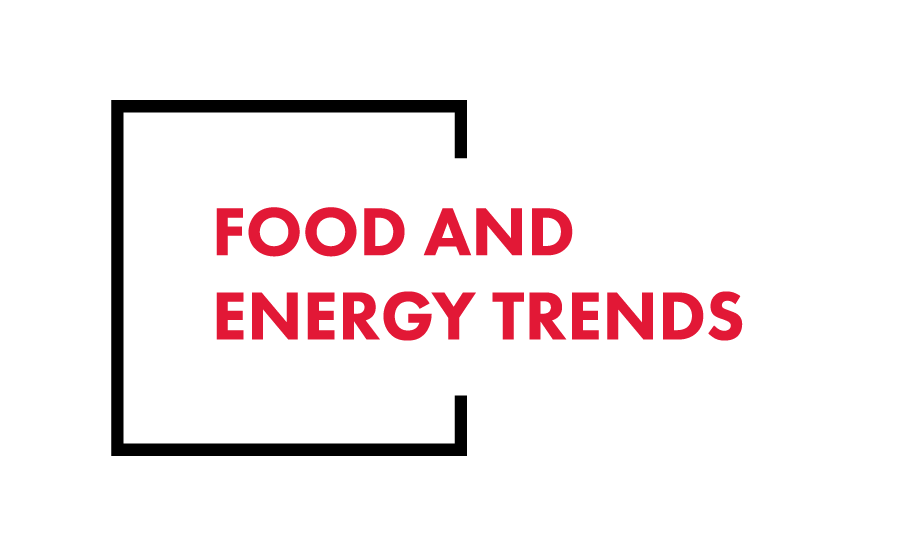Global oil markets are on the brink of a significant surplus this decade, driven by increasing supplies and slowing demand growth due to the adoption of lower-emission energy sources. The International Energy Agency (IEA), which includes the world’s largest oil consumers, predicts in its June 2024 report a surge in spare capacity — unused pumping capacity — similar to levels seen during the Covid-19 pandemic.
The IEA’s medium-term oil market report forecasts oil demand to peak by 2029, contracting the following year to 105.4 million barrels per day (bpd) by 2030, as clean-energy technologies become more widespread. In contrast, oil-production capacity is expected to rise to nearly 113.8 million bpd, led by producers in the U.S. and the Americas. Despite this, global oil demand in 2030 is projected to increase by 3.2 million bpd from 2023, driven by strong demand from Asia, particularly India and China. However, rising electric vehicle sales, fuel-efficiency improvements, and increased use of renewables will counteract these gains.
In advanced economies, demand is anticipated to fall from around 45.7 million bpd in 2023 to 42.7 million bpd by 2030, marking the lowest level since 1991, excluding the pandemic. The growth in global production capacity will be primarily driven by producers outside the OPEC+ alliance — specifically the U.S., Brazil, Canada, Argentina, and Guyana — accounting for three-quarters of the increase to 2030. OPEC+ capacity is forecast to grow by 1.4 million bpd, with Saudi Arabia, the UAE, and Iraq leading this increase. Despite these contributions, OPEC+’s market share fell to 48.5% this year, the lowest since the alliance’s formation in 2016, due to voluntary output cuts.
The IEA identifies various risks to its demand forecast, including economic growth fluctuations, oil price trajectories, and the pace of electric vehicle adoption. In the short term, the IEA has reduced its forecast for global oil-demand growth to 960,000 bpd this year, down from previous estimates of 1.1 million bpd, due to weak deliveries in OECD countries and a slight contraction in global demand in March.
Next year, oil-demand growth is forecast at 1 million bpd, down from 1.2 million bpd, reflecting lackluster economic growth, increased use of electric vehicles, and efficiency gains. Total demand is expected to average 103.2 million bpd in 2024 and 104.2 million bpd in 2025. Currently, Brent crude trades around $82 a barrel, while West Texas Intermediate is around $78 a barrel. Both benchmarks saw a 3% rally earlier this week following an OPEC+ announcement to unwind some production cuts.
Expectations that summer fuel demand and OPEC+ output curbs will create a sizable deficit in the third quarter are supporting prices, writes the Wall Street Journal. However, bearish sentiment persists, with higher-for-longer interest rates in the U.S. dampening demand outlooks. The IEA’s projections remain below those of OPEC, which forecasts global oil-demand growth of 2.2 million bpd this year and 1.8 million bpd in 2025.
According to the Wall Street Journal analysis, total oil supply is now expected to average 102.9 million bpd this year and 104.7 million bpd the next, slightly higher than previous expectations. Non-OPEC+ countries are set to lead global supply growth, with production expected to rise by 1.4 million bpd in 2024 and 1.5 million bpd in 2025.














